Should I see a chiropractor or doctor for shoulder pain?
Initially, we should always try to be as proactive and conservative as possible with our care. That’s why we think it’s best to seek out a chiropractor first to make sure the biomechanics of the shoulder are correct, proper shoulder mobility and the thoracic and cervical spine are in the correct alignment. If you’re dealing with a more severe issue, such as a tear or dislocation, you may want to go with a traditional medical consult.
What are the common signs something is wrong with my shoulder?
A dull or sharp pain, stiffness, swelling, and decreased range of motion are surefire signs of trouble. Some patients are unable to perform simple tasks such as combing their hair, buttoning their shirt, or reaching overhead. Numbness, tingling, or weakness may occur if the pain is linked to a pinched nerve in the neck.
How should I sleep with shoulder pain?
We usually recommend that patients with shoulder pain sleep on their back or on the opposite side of the pain. You should use a pillow to support your shoulder.
Why is my shoulder pain not going away?
We use our shoulders all day long for a variety of different reasons. It can get unbelievably frustrating dealing with pain on a regular basis with no end in sight. When your daily routine and quality of life have been affected due to pain it takes a toll. If the problem has existed for a while, it can take time for treatment to work and for healing to occur. Sometimes it’s hard to be a patient but this is advice we often give.




